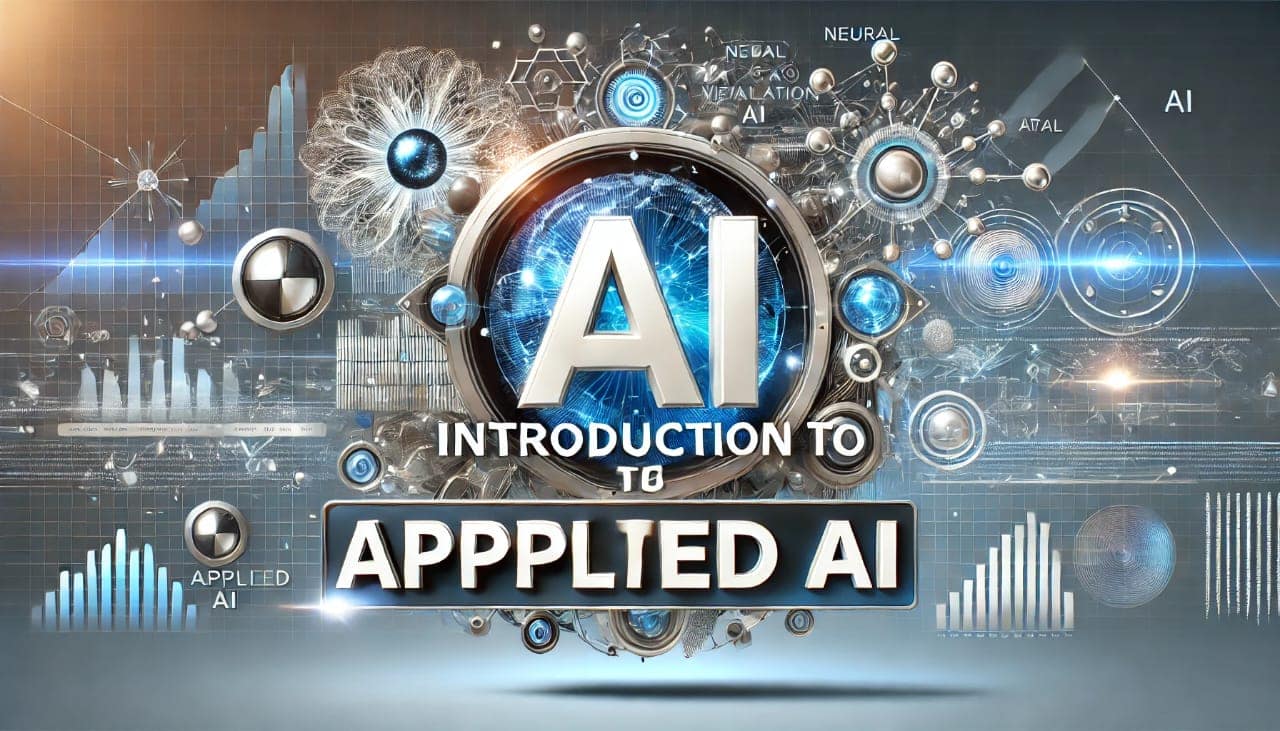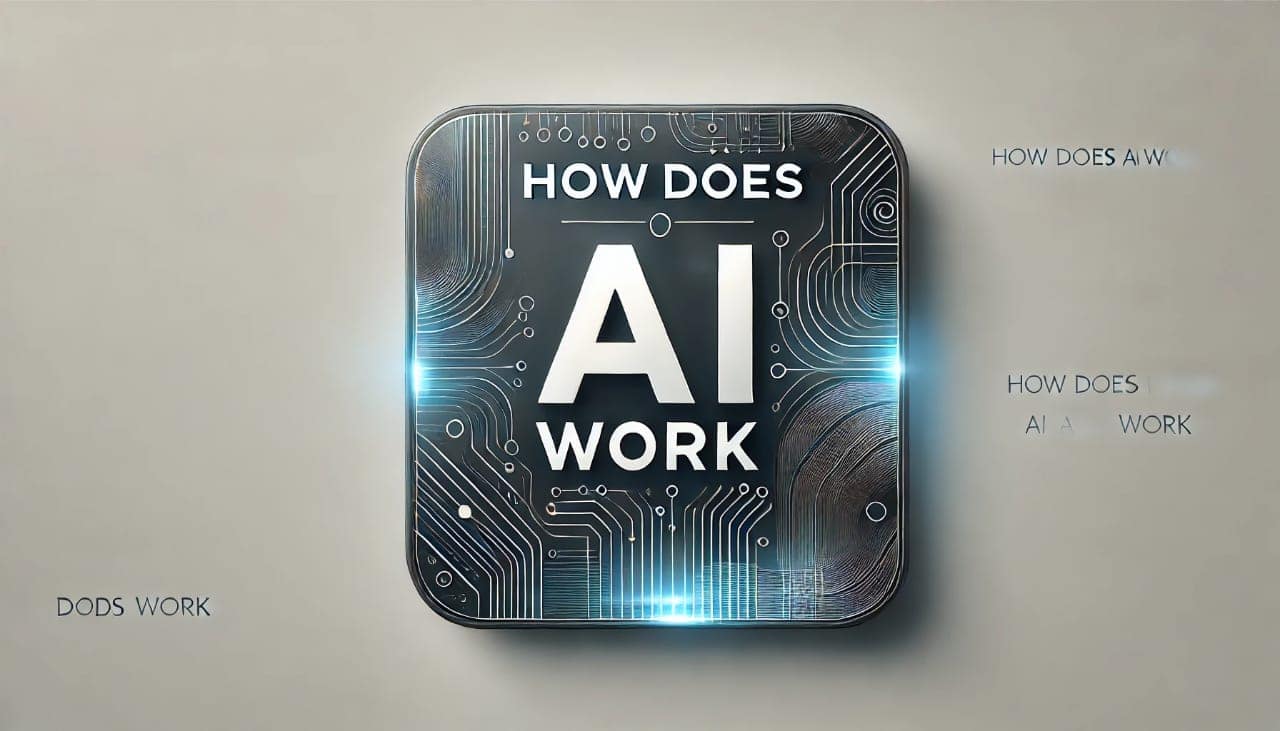
Subsets of Artificial Intelligence
Subsets of Artificial Intelligence
Artificial Intelligence (AI) has become a cornerstone of technological innovation, transforming industries and reshaping how we interact with machines. In earlier discussions, we explored the fundamentals of AI. Now, let us delve deeper into its key subsets—each contributing uniquely to the broad spectrum of AI applications. The following are the most prevalent subgroups of AI:
- Machine Learning (ML)
- Deep Learning (DL)
- Natural Language Processing (NLP)
- Expert Systems
- Robotics
- Machine Vision
- Speech Recognition
Among these, Machine Learning plays a pivotal role in enabling real-world AI solutions. Let’s explore these subsets in detail to understand their significance.

1. Machine Learning (ML)
Machine Learning is the backbone of AI. Without explicit programming, it enables machines to automatically learn from experience and get better. By analyzing historical data, ML identifies patterns, makes predictions, and enhances decision-making capabilities.
Download New Real Time Projects :-Click here
Key Features of Machine Learning:
- Algorithm-Driven: Designed to learn and improve autonomously.
- Pattern Recognition: Discovers hidden insights from vast data sets.
- Automation: Eliminates the need for manual programming for every task.

Types of Machine Learning:
- Supervised Learning:
- Machines learn from labeled datasets.
- It predicts outputs based on prior examples.
- Subcategories:
- Classification: Categorizes data into predefined labels.
- Regression: Predicts continuous outcomes (e.g., stock prices).
- Reinforcement Learning:
- Agents learn by interacting with their environment and receiving feedback (positive or negative rewards).
- Subtypes:
- Positive Reinforcement: Encourages correct actions.
- Negative Reinforcement: Discourages incorrect actions.
- Unsupervised Learning:
- Focuses on finding patterns in unlabeled data.
- Subcategories:
- Clustering: Groups data based on similarities.
- Association: Identifies relationships between variables.
2. Natural Language Processing (NLP)
Natural Language Processing bridges the gap between human language and machines. It enables AI systems to understand, interpret, and respond in human language, making technologies like Siri, Google Assistant, and Cortana possible.
Applications of NLP:
- Text and speech processing.
- Sentiment analysis.
- Language translation.
3. Deep Learning (DL)
Deep Learning, a subset of Machine Learning, is inspired by the human brain. Using neural networks, it enables machines to perform tasks that previously required human intelligence.
How It Works:
- Input Layer: Receives raw data.
- Hidden Layers: Processes data using mathematical operations.
- Output Layer: Provides results.
Deep Learning excels in:
- Image recognition.
- Self-driving cars.
- Speech recognition.
4. Expert Systems
Expert systems mimic human experts’ decision-making processes. They rely on structured knowledge rather than conventional coding to solve complex problems.
Features:
- High performance.
- Reliable and responsive.
- Examples: Spell-check suggestions in Google Search.
PHP PROJECT:- CLICK HERE
5. Robotics
Robotics combines AI and engineering to design intelligent robots capable of performing tasks autonomously or semi-autonomously.
Example: Sophia, a humanoid robot, exhibits social interaction abilities, thanks to AI-driven robotics.
6. Machine Vision
Machine Vision enables machines to analyze visual data. It is widely used for tasks like:
- Object recognition.
- Counting items.
- Quality inspection in manufacturing.
7. Speech Recognition
Speech Recognition allows machines to interpret and respond to spoken language, transforming it into machine-readable data. It has progressed from simple transcription to enabling direct command execution.
Applications:
- Voice-controlled systems (e.g., virtual assistants).
- Industrial automation.
- Navigation systems.
Speech recognition technologies can be categorized into:
- Speaker Dependent: Adapts to a specific user.
- Speaker Independent: Works universally for all users.
- subsets of ai diagram
- 4 main areas of artificial intelligence
- artificial intelligence is intelligence shown by
- Subsets of Artificial Intelligence
- machine learning is a subset of artificial intelligence
- subsets of artificial intelligence pdf
- deep learning is a subset of machine learning
- Subsets of Artificial Intelligence: A Deep Dive into the Building Blocks of AI
- machine learning is a subset of artificial intelligence focused on building systems
- foundation models is a subset of artificial intelligence.
- artificial intelligence
- Subsets of Artificial Intelligence
- machine learning
- Subsets of Artificial Intelligence: A Deep Dive into the Building Blocks of AI
- subsets of artificial intelligence with examples







Post Comment